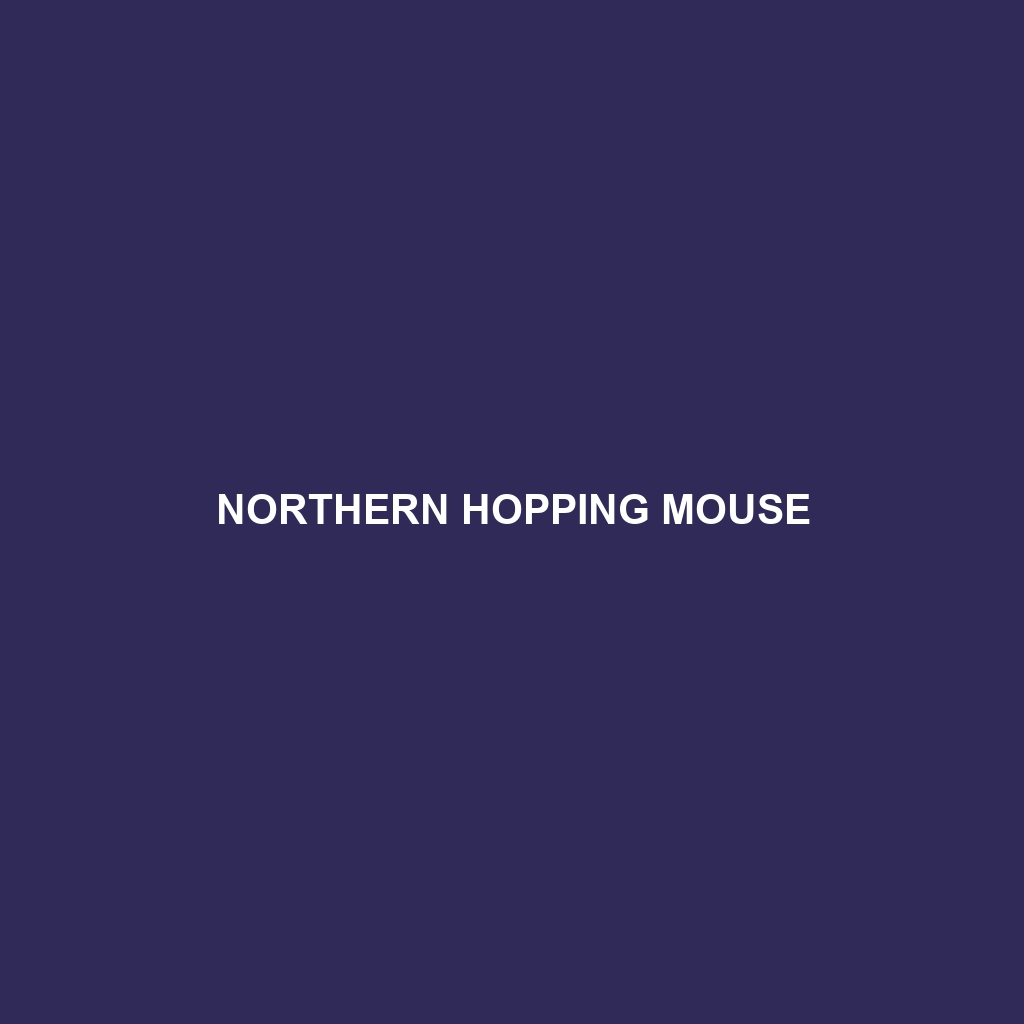Northern Hopping Mouse ()
Common Name: Northern Hopping Mouse
Scientific Name:
Habitat
The Northern Hopping Mouse is primarily found in the arid regions of Australia, particularly in the central and northern parts of the country. Its preferred habitat includes sandy and sparsely vegetated landscapes such as spinifex plains and sand dunes. The mouse thrives in environments that provide adequate cover and burrowing opportunities, as well as access to sparse vegetation for shelter.
Physical Characteristics
This small rodent typically measures between 10 to 12 centimeters in body length, with a long tail that can reach up to 15 centimeters. The Northern Hopping Mouse has a distinctive appearance, characterized by a soft, sandy-colored fur, with lighter underbelly fur. Its large hind legs and elongated feet are specially adapted for hopping, enabling it to navigate its sandy habitat effectively. Notably, its large eyes provide better night vision, adapted to its nocturnal lifestyle.
Behavior
Northern Hopping Mice are primarily nocturnal, displaying activity during the cooler nighttime hours. Known for their remarkable ability to hop, they can cover large distances in search of food and mates. These mice engage in social behaviors, often living in small colonies. They exhibit territorial behaviors, using scent marking to communicate and establish boundaries with other individuals.
Diet
The diet of the Northern Hopping Mouse mainly consists of seeds, grasses, and plant material, allowing it to thrive in its arid habitat. These rodents have adapted to survive on low-water diets by obtaining moisture from their food sources. Additionally, they may consume insects and other small invertebrates, adding variety to their diet.
Reproduction
The reproductive season for the Northern Hopping Mouse typically occurs during the warmer months, peaking in spring and summer. After a gestation period of approximately 20-23 days, females give birth to litters of 2 to 5 offspring, which are weaned after about 3 weeks. The young are born blind and require care from both parents during the initial stages of their development.
Conservation Status
The Northern Hopping Mouse is currently classified as vulnerable due to habitat destruction, invasive species, and climate change. Conservation efforts are crucial to protecting its habitat and ensuring the survival of this unique species in the wild.
Interesting Facts
One fascinating fact about the Northern Hopping Mouse is its ability to leap over obstacles as high as 1 meter, thanks to its powerful hind legs. This remarkable leaping ability not only aids in escaping predators but also allows them to navigate complex terrains efficiently.
Role in Ecosystem
Northern Hopping Mice play a vital role in their ecosystem by aiding in seed dispersal and contributing to the plant community’s health. As prey for larger predators, they also form an important link in the food chain, supporting biodiversity in their native habitat.
